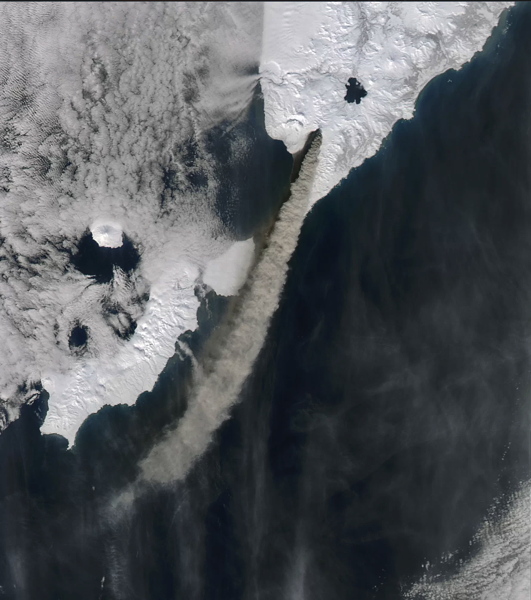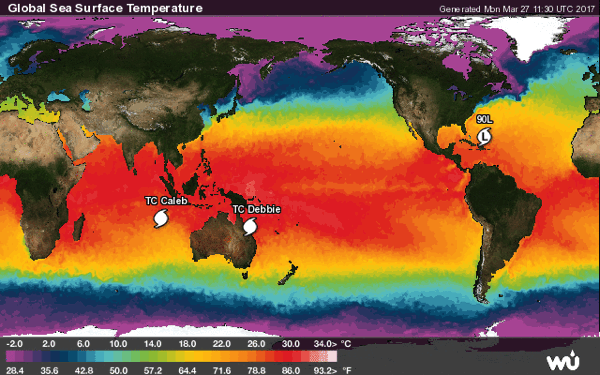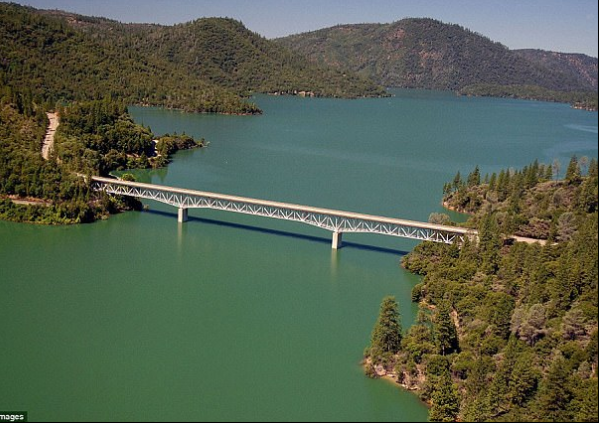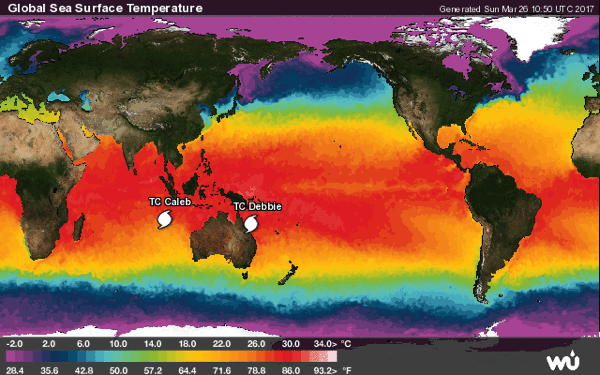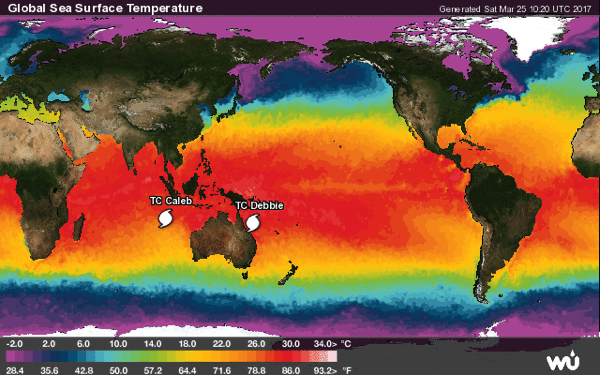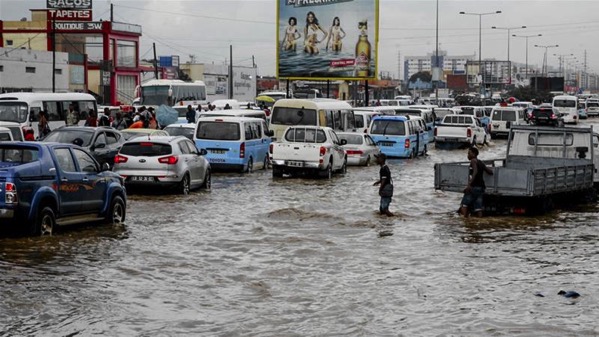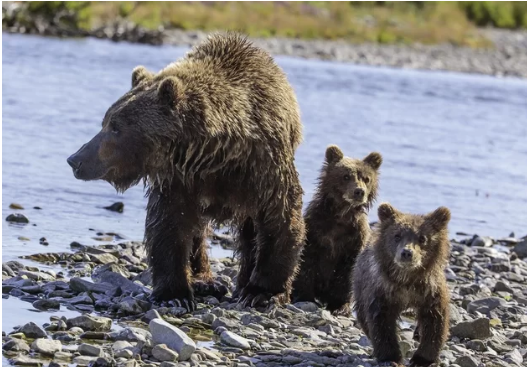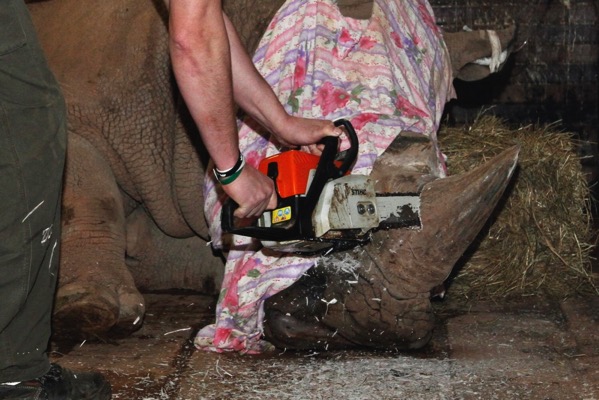Roundup of Global Volcanic Activity - Ongoing Activity for the week of 8 March-14 March 2017
Bagana | Bougainville (Papua New Guinea) : Based on analyses of satellite imagery and wind data, the Darwin VAAC reported that on 14 March a minor ash emission from Bagana rose to an altitude of 2.4 km (8,000 ft) a.s.l. and drifted WSW.
Bezymianny | Central Kamchatka (Russia) : KVERT reported that an explosive eruption at Bezymianny began at about 1330 on 9 March. Based on webcam observations, at 1454 an ash plume rose to altitudes of 6-7 km (20,000-23,000 ft) a.s.l. and drifted 20 km NE. The Aviation Colour Code was raised to Orange (the second highest level on a four-colour scale). About 30 minutes later, at 1523, an ash plume rose to altitudes of 7-8 km (23,000-26,200 ft) a.s.l. and drifted 60 km NW. KVERT raised the Aviation colour Code to Red. Satellite data showed a 14-km-wide ash plume drifting 112 km NW at an altitude of 7 km (23,000 ft) a.s.l. Later that day a 274-km-long ash plume identified in satellite images drifted NW at altitudes of 4-4.5 km (13,100-14,800 ft) a.s.l.; the majority of the leading part of the plume contained a significant amount of ash. A lava flow traveled down the NW part of the lava dome. The Aviation Colour Code was lowered to Orange. Ash plumes drifted as far as 500 km NW.
Bogoslof | Fox Islands (USA) : AVO reported that an explosive event at Bogoslof began at about 2236 on 7 March, indicated in seismic, lightning, and infrasound data, and lasted about three hours. Though ash was not immediately visible in satellite data, AVO raised the Aviation Colour Code (ACC) to Red and the Volcano Alert Level (VAL) to Warning. Later, satellite images showed a large ash cloud rising to an altitude of 10.7 km (35,000 ft) a.s.l. and drifting E. This event was the first detected eruptive activity since 19 February, and more than 1,000 lightning strokes related to the volcanic eruption cloud were detected during this event, by far the highest number observed to date. In addition the seismic levels were among the highest detected since the beginning of the eruption. Satellite images from 8 March showed that the W part of the island had grown significantly. The ACC was lowered to Orange and the VAL was lowered to Watch on 9 March.
Two earthquakes swarms were detected during 9-11 March; the first began at 1750 on 9 March and ended at 1400 on 10 March, and the second was detected from 1900 on 10 March to 0500 on 11 March. Mildly elevated surface temperatures were identified in satellite data during 10-11 March. A third swarm began at 0500 on 12 March. A short-duration event, from 1131 to 1143 on 13 March, produced a small ash cloud that rose to an altitude of 5.5 km (18,000 ft) a.s.l. and drifted SSW. AVO noted that after the event, the level of seismic activity declined and the repeating earthquakes, detected for much of the previous several days, stopped. Weakly elevated surface temperatures were observed in two satellite images from 13 March. A photograph taken by a pilot showed a low-level, billowy steam plume rising from the general area of the intra-island lake.
Cleveland | Chuginadak Island (USA) : On 8 March AVO reported that satellite data collected over the previous few weeks did not indicate any growth of Cleveland's lava dome that was emplaced sometime in late January; weakly elevated surface temperatures detected in satellite data were consistent with cooling lava and not indicative of new activity. The Aviation colour Code was lowered to Yellow and the Volcano Alert Level was lowered to Advisory.
Colima | Mexico : Based on Centro Universitario de Estudios e Investigaciones de Vulcanologia - Universidad de Colima observations, the Unidad Estatal de Protección Civil de Colima reported that during 3-9 March there were six low-intensity explosions at Colima. At 1823 on 7 March an ash plume rose about 2 km above the crater and drifted SW. The report noted that the public should not enter the 8-km-radius exclusion zone.
Dukono | Halmahera (Indonesia) : Based on analyses of satellite imagery, wind model data, and notices from PVMBG, the Darwin VAAC reported that during 8 and 10-14 March ash plumes from Dukono rose to altitudes of 1.5-2.4 km (5,000-8,000 ft) a.s.l. and drifted in multiple directions.
Ebeko | Paramushir Island (Russia) : KVERT reported that during 3-10 March there were 15 explosions at Ebeko observed by residents of Severo-Kurilsk (Paramushir Island) about 7 km E. The Aviation colour Code remained at Orange (the second highest level on a four-colour scale).
Fuego | Guatemala : INSIVUMEH reported that six explosions and weak shockwaves were detected at Fuego on 9 March. Ash plumes rose 900 m and drifted S and SW. Ashfall was reported in Panimaché I and II (8 km SW), Morelia (9 km SW), and Santa Cecilia. Avalanches of material traveled towards the Santa Teresa (W), Trinidad (S), and Las Lajas (SE) drainages. The number and intensity of explosions increased on 10 March. Ash plumes rose as high as 2.7 km and drifted more than 10 km W and SW. Ash fell in areas downwind including Panimaché I and II, Morelia, Santa Sofía (12 km SW), Finca Palo Verde, Sangre de Cristo (8 km WSW), and San Pedro Yepocapa (8 km N). During 11-14 March explosions produced ash plumes that rose 0.5-1 km and drifted 8-12 km NW, W, and SW. Ash fell in multiple areas including Panimaché I and II, Morelia, and Santa Sofía. Incandescent material was ejected as high as 200 m above the crater rim.
Kilauea | Hawaiian Islands (USA) : During 8-14 March HVO reported that the lava lake continued to rise and fall, circulate, and spatter in Kilauea’s Overlook vent. Webcams recorded incandescence from long-active sources within Pu'u 'O'o Crater, from a vent high on the NE flank of the cone, and from a small lava pond in a pit on the W side of the crater. The 61G lava flow, originating from a vent on Pu'u 'O'o Crater's E flank, continued to enter the ocean at Kamokuna. Surface lava flows were active on the coastal plain, and on and above the pali.
Nevados de Chillan | Chile : OVDAS-SERNAGEOMIN reported that the number of phreatomagmatic explosions at Nevados de Chillán increased on 7 March, after a month and a half of no explosive activity. Explosions from the craters on the E side of Volcán Nuevo and the Volcán Arrau dome complex produced plumes that rose 300 m on 7 March, and then subsequently seismicity and surficial activity gradually increased. On 11 March there were eight explosions detected. Plumes rose as high as 500 m and incandescent material was ejected 500 m away from the craters. A series of eight explosions beginning at 0617 on 16 March generated ash plumes that rose 1.5 km and again ejected incandescent material. The Alert Level remained at Yellow, the middle level on a three-colour scale, and the public was reminded not to approach the craters within a 3-km radius.
Popocatepetl | Mexico : Each day during 8-14 March CENAPRED reported 87-200 steam and gas emissions from Popocatépetl, and crater incandescence on most nights. Weather clouds often prevented visual observations. Explosions were detected during 8-11 March: at 0809 on 8 March, at 1847 on 9 March, at 0539 on 10 March, and at 0435 on 11 March. Two additional explosions on 11 March, at 1347 and 1842, generated ash plumes that rose less than 2 km above the crater rim and drifted ENE. The Alert Level remained at Yellow, Phase Two.
Sabancaya | Peru : Based on webcam images, satellite views, and seismic data the Buenos Aires VAAC reported that during 8-14 March sporadic gas-and-ash puffs rose from Sabancaya. Weather clouds often hindered observations of the volcano. On 9 March ash plumes rose to an altitude of 11 km (36,000 ft) a.s.l. and drifted NW and SW. Ash plumes rose to an altitude of 6.7 km (22,000 ft) a.s.l. on 12 March.
Sheveluch | Central Kamchatka (Russia) : KVERT reported that during 3-10 March lava-dome extrusion onto Sheveluch’s N flank was accompanied by strong fumarolic activity, dome incandescence, ash explosions, and hot avalanches. Satellite images showed a daily thermal anomaly over the dome, and ash plumes that drifted NW 5 and 8-9 March. The Aviation colour Code remained at Orange (the second highest level on a four-colour scale).
Sinabung | Indonesia : Based on PVMBG observations, satellite data, webcam images, and wind data, the Darwin VAAC reported that during 8-14 March ash plumes from Sinabung rose to altitudes of 3-5.2 km (10,000-17,000 ft) a.s.l. and drifted NW, W, SW, and S.



